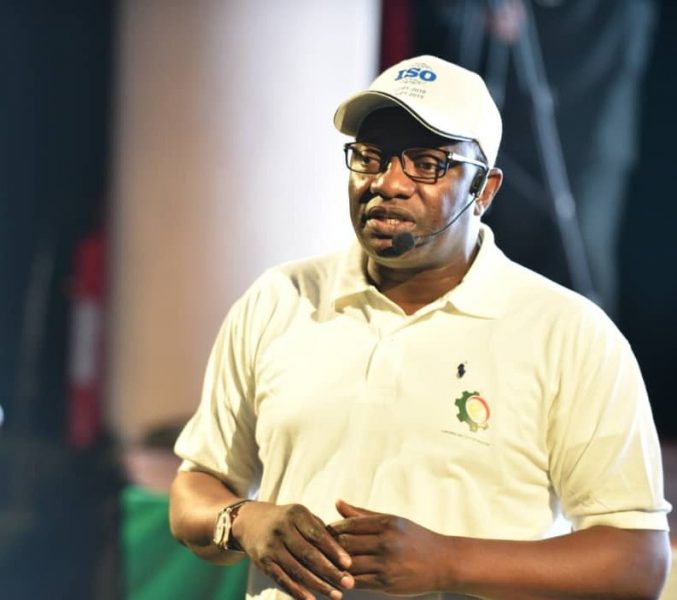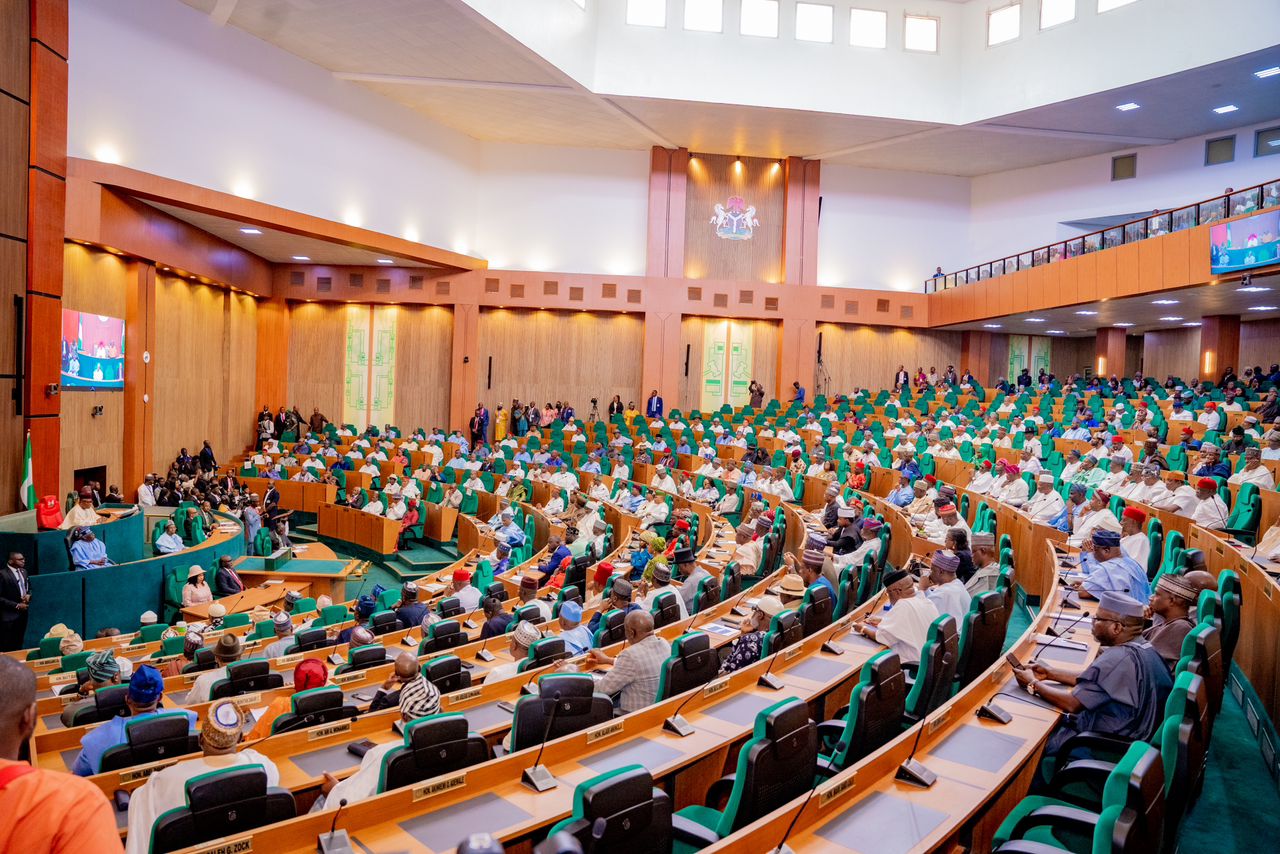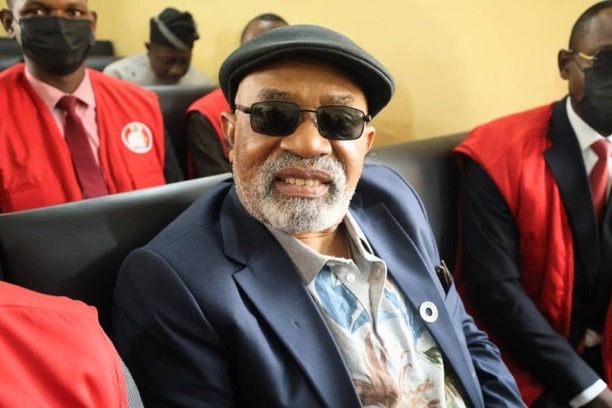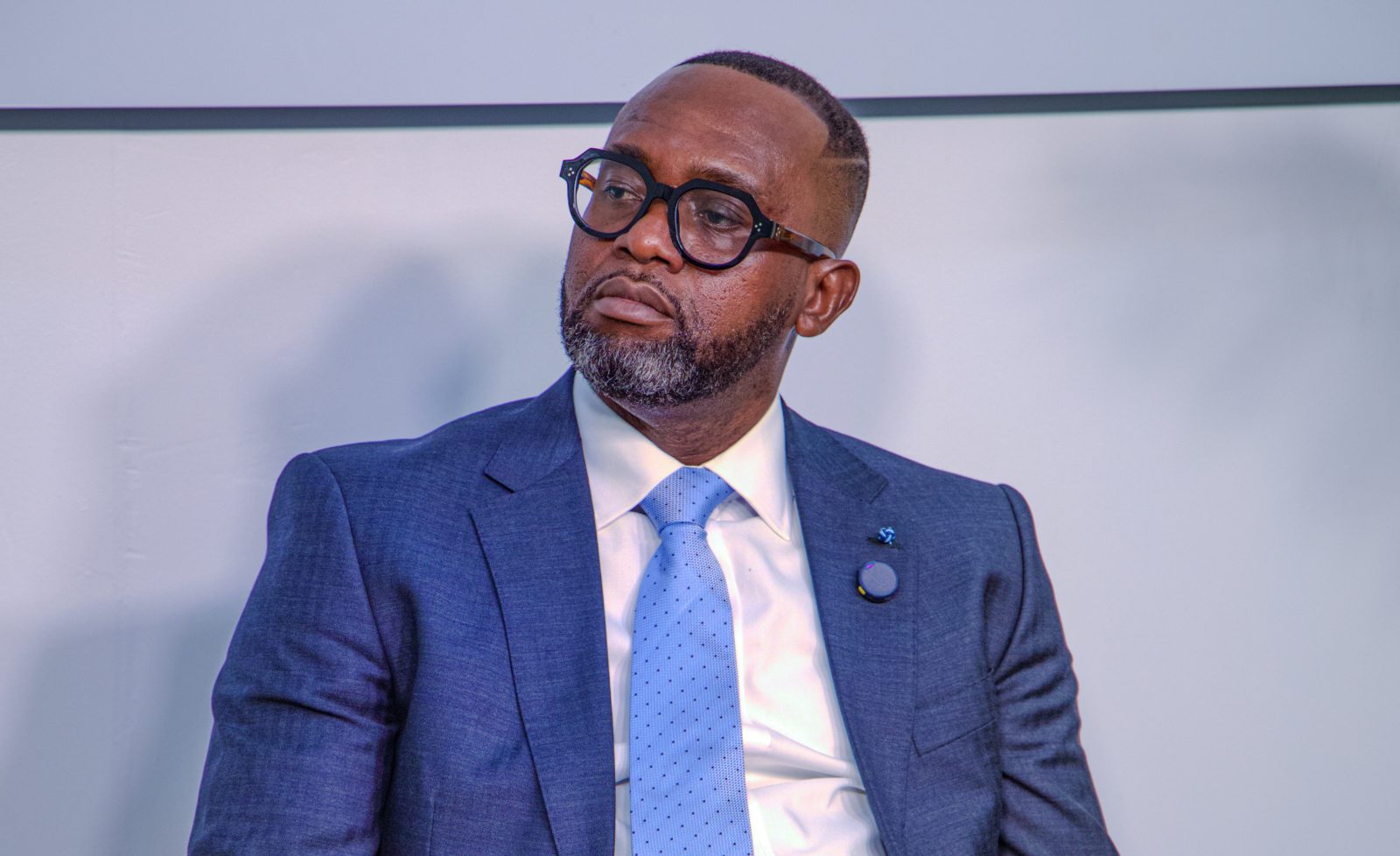The Group General Manager of National Petroleum Investment Services (NAPIMS), Mr Bala Wunti, says the inauguration of the Nigerian Cost Optimization Programme by the Minister of State for Petroleum and the Group Managing Director of NNPC Ltd, has helped to steer a good course for operations in the Upstream sector of the nation’s oil and gas.
He said the duo of Chief Timipre Sylva and Malam Mele Kyari’s initiative has provided a good intervention to break the challenges in operation cost in the industry especially with the vagaries of global crude oil price and the cost of production per barrel.
He spoke on Friday at the presentation of NAPIMS ISO Certificates and launch of the Electronic Materials Management Solution (e-MMS) held at the NNPC Towers, presided over by Malam Kyari and the board chairman, Sen. Margaret Chuba Okadigbo.

Also in attendance were leaders of IOCs, Shell, ExxonMobil, TotalEnergies, Group Executive Director (Downstream), Mr Adetunji, industry regulators, and leaders of PENGASSIN and NUPENG.
ISO 22301:2019 Service in Nigeria assist to implement Business Continuity Management System (BCMS) that will meet the need of the organization.
This document specifies requirements to implement, maintain and improve a management system to protect against, reduce the likelihood of the occurrence of, prepare for, respond to and recover from disruptions when they arise.
The requirements specified in this document are generic and intended to be applicable to all organizations, or parts thereof, regardless of type, size and nature of the organization. The extent of application of these requirements depends on the organization’s operating environment and complexity.
Wunti noted that at a time when the price of crude was going down, the cost of production was going up but for the business strategies deployed by the NNPC and NAPIMS for cost reduction initiatives.
“In efficiency world, the most difficult thing is to cut down cost to achieve efficient upstream. We deployed excellent change management, and for everybody in the chain what is in for us? Career success, accomplishment and anything you can call professionalism.
“The Nigerian Cost Optimization Programme launched by the Honourable Minister of State for Petroleum and the GMD of NNPC Ltd broke the challenges,’’ Persecondnews.com quotes Wunti as saying.

Wunti recalled that during the outbreak of COVID-19 and the attendant lockdown of 2020, a business continuity plan was developed which provided the foundation for NNPC used to develop the national business continuity plan which stabilized operations.
“The lockdown means we are going to have operational disruptions – no gas for power, no crude oil and cannot be converted to petroleum products. We put in place mitigation measures and business continuity plan.
“And not a day disruption in our operations; oil continued to flow, gas continued to flow,’’ he said, commending operators for developing necessary protocols.
Wunti commended Kyari for his exemplary leadership and the support given to NAPIMS and NNPC subsidiaries to succeed.
On the ISO certification, the NAPIMS boss said it would help promote, protect and preserve value for the agency’s services for the benefit of Nigerians.
According to him, NAPIMS operates with a lot dependence on relationships and collaboration.
“It is important for stakeholders, government and legislators to come together to understand what we are doing, where we are heading and the results we are delivering. They can question the result.’’

Earlier, the Group Executice Director, Upstream, Mr Adokiye Tombomieye, described the ISO quality and business continuity management system certification as an attestation to the NNPC Ltd’s commitment to ensuring efficiency and effectiveness in risk and change management.
“It is remarkable that this realization is coming over 30 years of NNPC’s existence. Notably, NAPIMS has now become the first government-run organization in West Africa and of course, Africa to receive ISO 2230 2019 Certification for business continuity management.
“Additionally, NAPIMS has developed the Electronic Materials Management Solutions called e-MMS – the system is an end-to-end automated inventory management platform – developed to manage inventory, material management and of course, auctioning and assets disposal.
“The development of e-MMS will support our cost reduction initiative , ensure seamless cross inventory exchange and offer online direct payment gateway for items purchased from the aution platform.
“All these were made possible with the support of our leader, the GMD/CEO of NNPC Ltd, Malam Mele Kyari and of course being supported by our very competent dear colleagues across the corporation,’’ Tombomieye said.
He lauded Mr Wunti and his team for their unwavering efforts in placing NAPIMS on the right path of becoming a world-class portfolio manager in the Upstream oil and gas sector.
Persecondnews also learnt that the ISO document is applicable to all types and sizes of organizations that:
- a) implement, maintain and improve a BCMS;
- b) seek to ensure conformity with stated business continuity policy;
- c) need to be able to continue to deliver products and services at an acceptable predefined capacity during a disruption;
- d) seek to enhance their resilience through the effective application of the BCMS.
The document can be used to assess an organization’s ability to meet its own business continuity needs and obligations.
Mandatory documents required by ISO 22301:2019:
* List of legal, regulatory and other requirements (clause 4.2.2) – lists everything you need to comply with.
* Scope of the BCMS and explanation of exclusions (clause 4.3) – defines where your BCMS will be implemented.
* Business continuity policy (clause 5.2) – defines main responsibilities, and the intent of the management.
* Business continuity objectives (clause 6.2) – defines measurable objectives that are to be achieved with business continuity.
* Competencies of personnel (clause 7.2) – defines knowledge and skills needed.
* Business continuity plans and procedures (clause 8.4) – includes plans and procedures for response, communication, recovery (including disaster recovery plans), restore and return activities.
* Documented communication with interested parties (clause 8.4.3.1) – these could be emails, but also official communication from sources such as government agencies and others.
* Records of important information about the disruption, actions taken and decisions made (clause 8.4.3.1) – normally these records are done through minutes or by filling out checklists of performed activities.





































Leave a comment